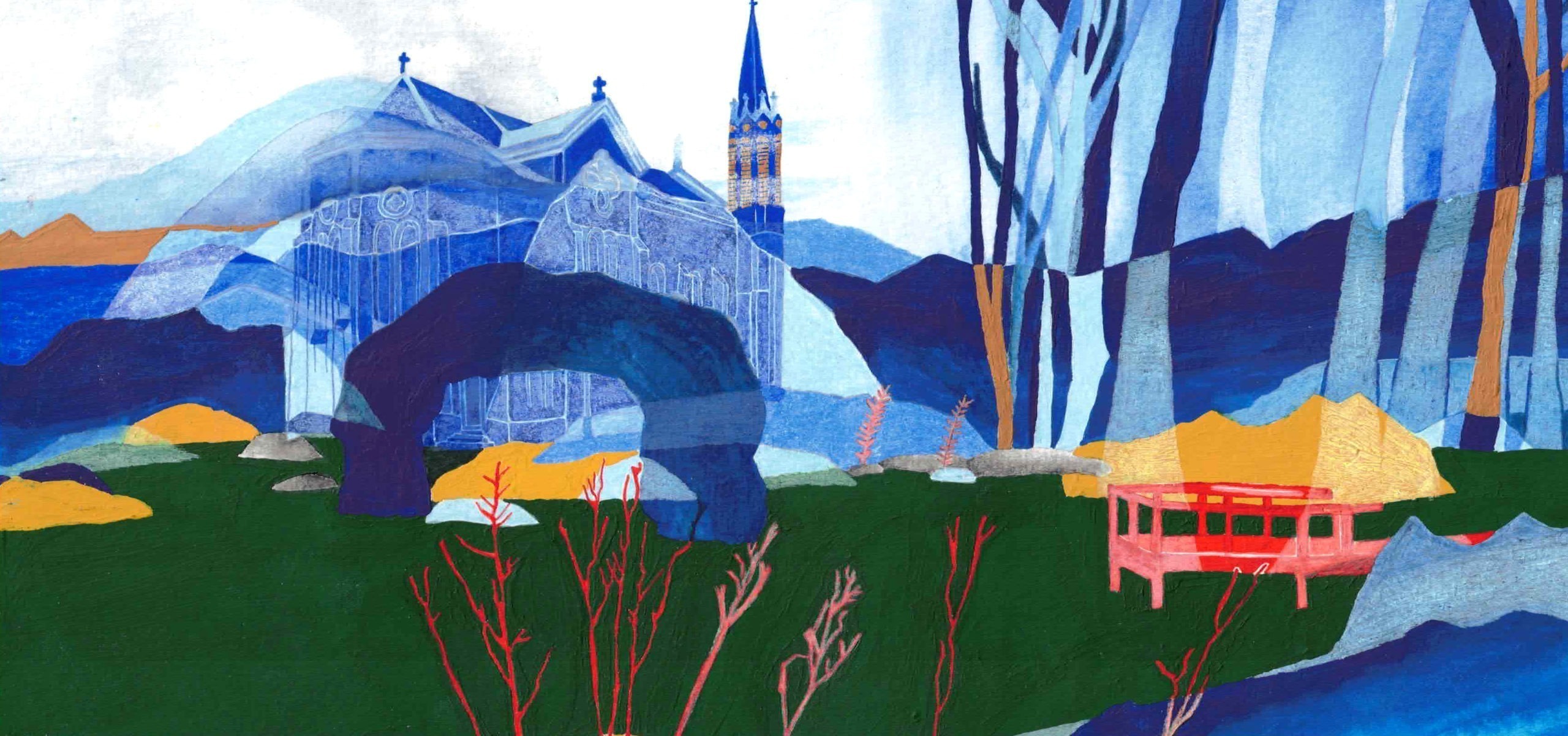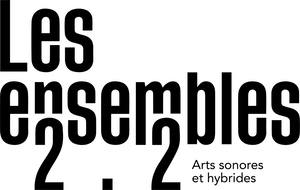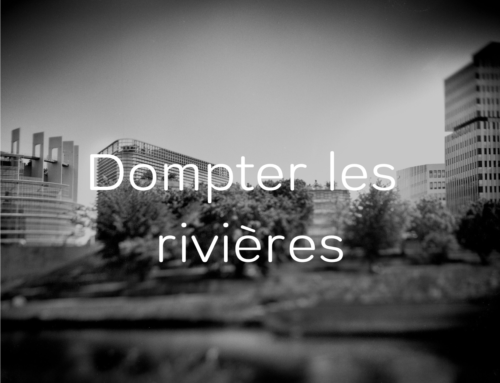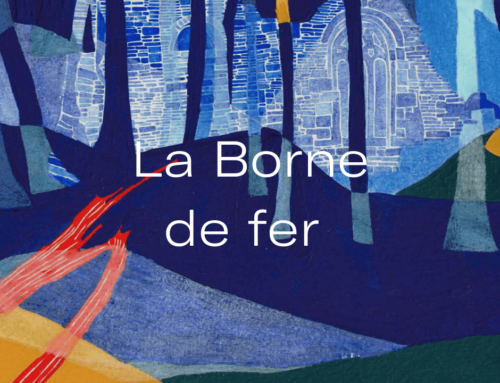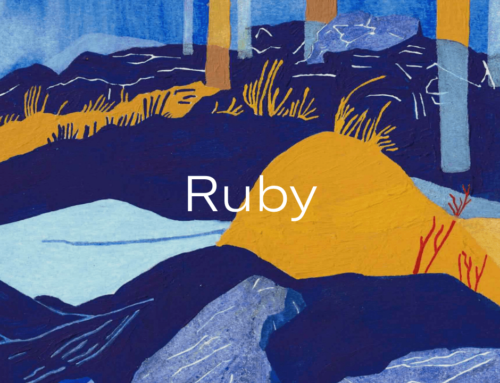Influenced by Jeff Noon’s approach in Cobralingus, the texts have been distorted, reworked and reconstructed to create something new. By merging the legend of La Femme Sauvage with the valley’s industrial past, the latter becomes central to the story and the text is completely transformed.
The trail gives an important place to borders, which are at the heart of the folklore surrounding the legend of La Femme Sauvage: borders between our world and the underworld, between human and animal, between civilisation and wild life, between the damned and the saved. Some boundaries are already present in local myths, such as that of the Cron Stone, under which La Femme Sauvage lay, allowing herself to be drawn into the underworld. Others are generated by the random process used for writing: this creates a tension where the writer does not have full control of the final form of the stories and the structure of the text, constantly standing at the border between readability and chaos.
The music, for its part, lets us perceive chords ‘in suspense’, which never really end, creating a tension, an uncertainty as to the emotions transmitted. The chords are played in sequence but also alone, each one almost overflowing on the next, each one constituting a transition towards a new state of perception. All of this occurs in parallel with a shimmering, shifting ambience in the background, made up of sounds mostly recorded on site. These are shaped to evoke a sense of life, to show the soul of the place, but also the stories hidden behind the rocks and trees, under the houses, buried in the mines and in the earth itself.
Sound design is not intended to serve as background noises for storytelling, but to complement, contrast, and, in some places, conflict with stories. By walking from one place to another in Lasauvage, the sound environments offered to the listener bring out specific aspects of the places and interweave them with the writing. This approach has extracted elements that fully connect the listener to words and earth, sometimes suggesting hidden things just beyond the bounds of immediate perception and consciousness. Listened to through headphones, the sounds create an incredibly close experience of the place, while connecting the listener to a hidden character that is not easily visible on the surface of Lasauvage.
